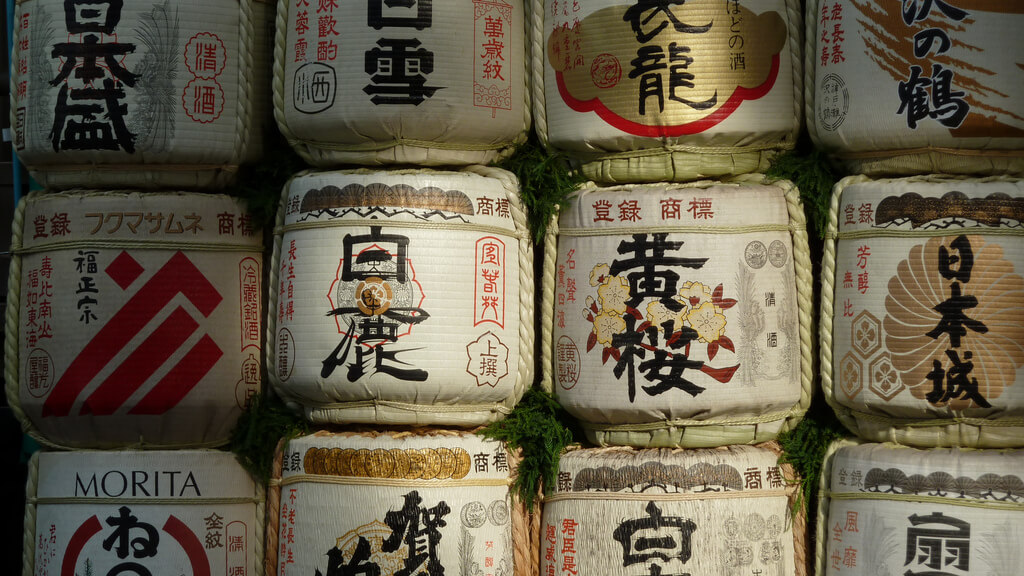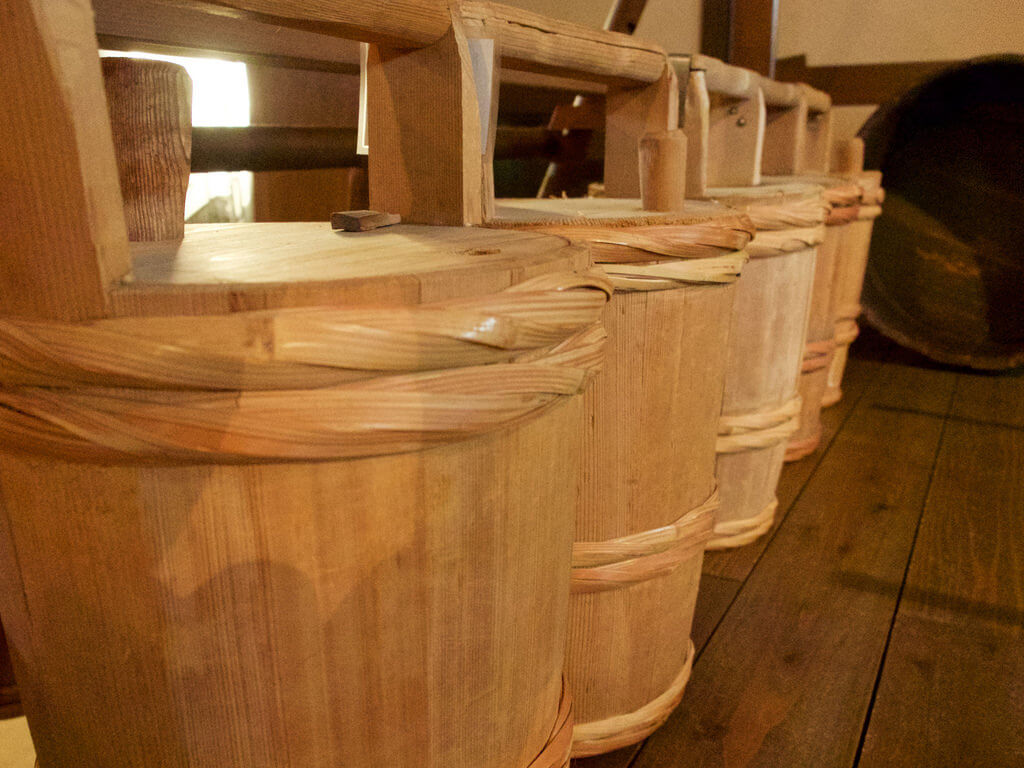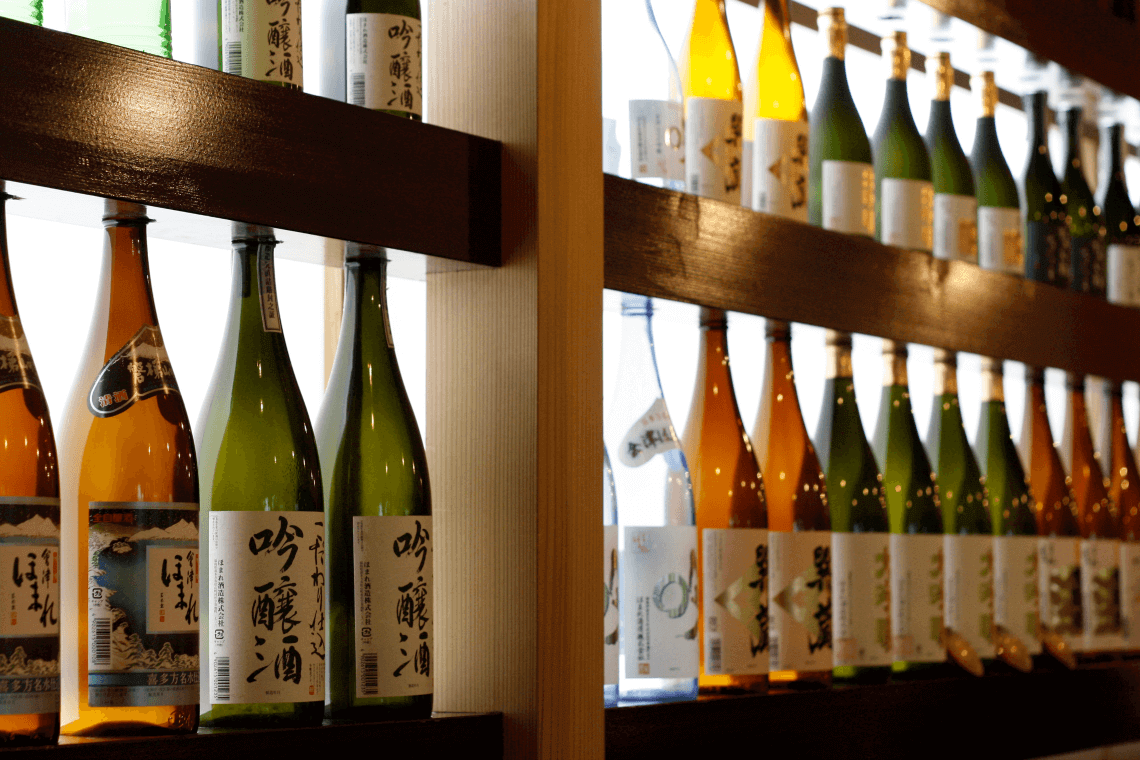
What is sake? When you ask this question in Japan and then in the rest of the world, you’ll get two different answers.
In English, “sake” refers to the alcoholic fermented rice beverage from Japan that you’ve probably sampled at your local izakaya (or local sake bar, if you’re lucky!).
But ask for “sake” in Japan and you may be met with a questioning look. Why is that?
Because in Japanese, “sake” refers to all alcoholic drinks in general. That includes beer, wine, shochu, and the beverage we call “sake” in English.
So what do the Japanese call “sake”? In Japanese, the word for what we refer to as sake is nihonshu. Nihonshu translates as “Japanese alcohol,” and if you ask for nihonshu at an izakaya, you will be greeted with a smile.
Language lesson aside, we will be referring to this wonderful beverage as sake in this article to keep things as simple as possible.

Key Sake Terms
One of the best things about sake is that there are so many different types and variations — but this variety is also overwhelming to sake newbies!
If you want to become a sake samurai, you’ll need to go to sake school. But if you want to start with the basics, here are some key concepts and terms that will help you wrap your head around this delicious drink.
Polishing
One of the first steps in sake making is the polishing of the rice. Prior to the actual sake-making process, the rice kernel has to be “polished” — or milled — to remove the outer layer of each grain, exposing its starchy core.
To get some perspective on rice polishing, keep in mind that to get from brown rice to white rice, you need to polish rice to about 90 percent (i.e., polishing off 10 percent).
To produce good sake, you need to polish off much more than that! We’ll get into a little more detail below, but for now keep in mind that good sake is usually polished to about 50 to 70 percent (i.e., from 30 to 50 percent is polished off).
So if you read that a sake has been polished to 60 percent, it means 40 percent of the original rice kernel has been polished away, leaving it just 60 percent of its original size.
The more rice has been polished, the higher the classification level. But more polished rice doesn’t always mean better rice. Sake experts also love the cheaper local stuff, as long as it’s made from quality ingredients by good brewers. Ultimately, you should trust your own palate and preferences.
Junmai
Junmai is the Japanese word meaning “pure rice.” This is an important term in the world of sake, as it separates pure rice sake from non-pure rice sake.
Junmai is brewed using only rice, water, yeast, and koji — there are no other additives, such as sugar or alcohol. Unless a bottle of sake says “junmai” (this will be written in Japanese as 純米), it will have added brewers alcohol and/or other additives.
While junmai sounds like a good thing (and it usually is!), just because a sake is not junmai does not mean it is inferior. Additives such as distilled brewers alcohol are used by skilled brewers to change and enhance flavor profiles and aromas, and can make for some very smooth and easy-to-drink sake.
Now that you’ve learned what polishing and junmai mean, let’s talk about the different types of sake.

Types of Sake
Your understanding of polishing and junmai (from above) will help you see the differences between the various types of sake.
There are so many different types of sake that — to keep things simple — we’re going to focus only on some major types and classifications. Along with a good cup, this information is all you need to enjoy some sake tasting at a specialty sake shop, bar, or izakaya.
You can classify sake by several factors, including the type of rice used, where it was produced, the degree to which the rice has been polished, brewing processes, how it was filtered, and more.
We want you to enjoy sake tasting — not overwhelm you — so here is a handy list of the main types and classifications of sake you will encounter. If you learn even just a few of these, you will know more about sake than 99 percent of the travelers who visit Japan.

Junmai
As mentioned earlier, junmai refers to pure rice (純米) (non-additive) sake. Additionally, the junmai classification means that the rice used has been polished to at least 70 percent. While it’s hard to over-generalize, junmai sake tends to have a rich full body with an intense, slightly acidic flavor.
This type of sake can be particularly nice when served warm or at room temperature.
Honjozo
Honjozo (本醸造) also uses rice that has been polished to at least 70 percent (as with junmai). However, honjozo, by definition, contains a small amount of distilled brewers alcohol, which is added to smooth out the flavor and aroma of the sake. Honjozo sakes are often light and easy to drink, and can be enjoyed both warm or chilled.
Ginjo and Junmai Ginjo
Ginjo (吟醸) is premium sake that uses rice that has been polished to at least 60 percent. It is brewed using special yeast and fermentation techniques. The result is often a light, fruity, and complex flavor that is usually quite fragrant. It’s easy to drink and often (though certainly not as a rule) served chilled.
Junmai ginjo is simply ginjo sake that also fits the “pure rice” (no additives) definition.




